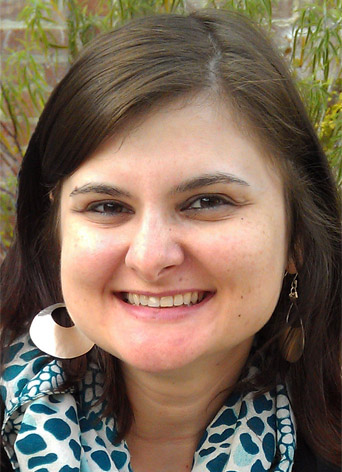By Florentina Craciun, March 17, 2021
 I’ve recently been doing more than my fair share of driving to Los Angeles, and with the time spent in the car, I decided to give former President Barack Obama’s latest book a try. I bought “A Promised Land” (Crown, November 2020) in hard copy a few weeks back, but I always enjoy nonfiction books in an audible format. I used one of my 11 audible credits (unused thanks to the pandemic, as I mostly listen to audiobooks while I travel) and downloaded the book. To my delight, the president himself is the narrator; to my dismay, the book is 30 hours long. I am about six hours in as I write this note in mid-March, and I am looking forward to the next 24 hours with President Obama.
I’ve recently been doing more than my fair share of driving to Los Angeles, and with the time spent in the car, I decided to give former President Barack Obama’s latest book a try. I bought “A Promised Land” (Crown, November 2020) in hard copy a few weeks back, but I always enjoy nonfiction books in an audible format. I used one of my 11 audible credits (unused thanks to the pandemic, as I mostly listen to audiobooks while I travel) and downloaded the book. To my delight, the president himself is the narrator; to my dismay, the book is 30 hours long. I am about six hours in as I write this note in mid-March, and I am looking forward to the next 24 hours with President Obama.
Besides recommending this as a good book, I am sharing my current audiobook adventures because Obama, at some point in Chapter 7, while talking about what patriotism means to him — and his own personal experience with walking the line of being a black man in a white world (my words not his) — he asks a fundamental question: WHO MATTERS?
I pose this question to you, as planners: Who matters while we make plans, and most importantly, who matters as we enforce them? How do we ensure that “who matters” doesn’t get watered down or lost through our routine application of standards, guidelines, and rules?
Who matters — the people who may be seriously affected by a noxious use, or the use allowed by zoning? Who matters — the people who live in a food desert, or the sanctity of the zoning that gave them a different development instead of the grocery store they needed?
I know these are simplistic examples, but I want to hear yours. What examples can you share, and what are your answers to “Who matters?” And I emphasize WHO matters, not WHAT matters. I believe this question matters even more in 2021, in a world challenged by the harsh realities of climate change and the inequities of environmental justice. How do we answer “who matters” when we must balance the losses experienced by a few (such as land lost through eminent domain for California’s High-Speed Rail) for the gain of many (air and car trips reduced and GHG emissions lowered)?
I’m trying to answer that question for myself, including “What is my role as an urban planner?” but I really would like to hear your examples and your answers.
Send me your thoughts: director@norcalapa.org. I’d like to read them, and maybe I can share them anonymously in a future Director’s note.

